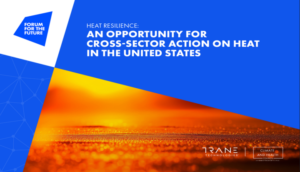From Crisis to Vision
Imagine it’s 2045. What kind of world do you see? Today’s headlines paint a bleak picture—a tangled knot of political, economic, social, technological, and environmental crises. But step back from the noise, and we can ask a more important question: What kind of world do you want to see?
While we may differ on the details, most of us can agree on the broad outlines: a thriving planet and a fairer society—a future that is sustainable and resilient, where everyone has the opportunity to live a healthy, safe life, earn a decent livelihood, and build the skills to adapt and succeed.
The Business Imperative
The role of business in shaping this better future is under greater scrutiny than ever. But the reality is clear: business leaders recognise the material case for action on social and environmental challenges—while investors, customers, and employees increasingly expect it.
This case is most compelling—and the impact greatest—where companies take action through their core business. By understanding the social and environmental contexts in which they operate, companies can better manage risks, reduce costs, and unlock valuable innovation.
This deeper understanding also enables businesses to understand, enhance and communicate the full value they create—not only through their products and services but also through the jobs, value chain opportunities, and tax revenues they generate.
Realising the full business and societal value requires breaking down internal silos, aligning incentives, and embedding collaboration across social, environmental, and core business functions—such as finance, legal, and procurement. It also means elevating the voices of those closest to the issues and strengthening external partnerships to drive change at scale.
Five Bridges
Building five critical bridges will unlock the full potential of companies to create value for both business and society—by connecting teams, aligning priorities, and driving lasting impact. Together, these bridges provide practical steps to take us from where we are today to the future we want.
Bridge 1: Connecting Social Impact and Core Business Functions
Strengthening the connection between social impact teams and business functions—such as finance, legal, human resources and procurement—is essential to embedding social impact into core business. Building this bridge fosters deeper relationships, mutual learning, and collaborative problem-solving, enabling companies to address priorities from meeting new regulations to advancing workplace fairness and opportunity.
Bridge 2: Breaking the Silos Between Environmental and Social Issues
Climate, nature, biodiversity and social equity are deeply connected, yet companies often separate these efforts. Building a bridge between environmental and social impact teams fosters collaboration, helping businesses align strategies, manage trade-offs, and unlock opportunities—ensuring the transition to a green economy creates jobs, protects human rights, and benefits both people and the planet.
Bridge 3: Aligning Leadership, Management, and the Workforce
For companies to succeed in a changing world, alignment across leadership, management, and employees is essential. Strong corporate governance embeds social and environmental priorities into strategy, ensuring accountability and long-term success. Building this bridge fosters a shared vision where culture, incentives, and innovation drive both business performance and lasting societal impact at scale.
Bridge 4: Connecting Decision-Makers with Those Closest to the Issues
Too often, strategies to address social and environmental challenges are developed without engaging those closest to the issues. Building this bridge fosters co-creation, ensuring solutions are practical, scalable, and grounded in local realities. By working with those most affected by social and environmental challenges, companies can develop more effective strategies, enhance resilience, and drive lasting impact.
Bridge 5: Strengthening Cross-Sector Collaboration
Tackling complex global challenges requires businesses to collaborate across industries, with policymakers, and with civil society. This bridge enables companies to maximise their impact on the issues most material to their operations while leveraging the expertise, resources, and networks of others—ensuring collective action drives systemic change beyond what any one organisation can achieve alone.
Agenda for Action
Across 2025, Business Fights Poverty is facilitating a global discussion to:
- Co-create a shared vision for 2045, outlining how companies can create business value and drive resilience through their core operations.
- Strengthen collaboration across the five bridges by fostering insights sharing and relationship-building through public and private convenings, including deeper engagement between social impact teams and core business functions.
- Develop practical resources and toolkits to embed social impact within core business strategy, ensuring it drives both business value and societal impact.
We’ll be creating opportunities to share insights and engage in public and private over the coming months, including at our Global Equity Summit (5-6 March) and Global Goals Summit (23-25 September).
Our initial focus will be on the first bridge—strengthening the connection between social impact teams and business functions—because it is foundational to embedding social impact into core business operations. In a shifting political and economic landscape, deeper integration ensures resilience, shared ownership, and alignment between business and social value, positioning companies to drive long-term, sustainable impact.
This is just the start of the conversation. I’d love to hear your thoughts: Which of these five bridges do you think is most critical for businesses right now? Do you have examples of companies doing this well? What advice would you share for making these connections stronger? And what have I missed?
Let’s collaborate to drive real impact. Drop a comment below or message me—your insights will help shape the next steps.










4 Responses
It is a great start , Connecting dots among all 5 bridges are equally important .Look forward to exchange our thoughts and practical insights to help shape the future strategies
Dear Members of the Poverty Alleviation Forum,
Warm greetings to you all,
It is with great pleasure that I extend my heartfelt thanks and appreciation for your participation in this vital forum, which serves as a key platform for exchanging ideas and working together to confront one of the most pressing challenges in our region—poverty.
My name is Abdulwahab Mohammed, General Director of the Middle East Forum for Development and Peacebuilding, and Head of the Youth Situation Chapter in Yemen. I am honored to be among you today to contribute to this collective effort toward building a more just and dignified future for all.
Yemen is currently facing a complex humanitarian crisis as a result of years of conflict and war, with youth bearing the brunt of its consequences. The war has led to the deterioration of education and employment opportunities, widespread unemployment, and economic and social instability—all of which have deepened poverty levels among young people and deprived them of their basic right to a decent life.
There is an urgent need for a systematic shift in how we address this issue, by adopting effective programs for economic empowerment, enhancing the entrepreneurial ecosystem, enabling youth access to resources, building their skills, and creating real opportunities for them to contribute to development.
In this regard, I would like to propose the following key recommendations:
1. Launch vocational and entrepreneurial training programs tailored to local market needs and capable of providing sustainable job opportunities.
2. Provide financial incentives and promote partnerships with the private sector to support youth-led small and medium enterprises.
3. Support social and technological innovation as a means of addressing community challenges through youth-driven solutions.
4. Enhance access to finance through simplified mechanisms and crowdfunding platforms.
5. Engage youth in decision-making processes related to economic and development policies in the country.
I truly believe this forum offers a valuable opportunity to build a strong support network and exchange best practices across sectors in order to chart a clear roadmap for combating poverty and empowering future generations.
I welcome your feedback and ideas and look forward to productive dialogue and meaningful collaboration.
With sincere regards,
Abdulwahab Mohammed
General Director, Middle East Forum for Development and Peacebuilding
Head of the Youth Situation Chapter – Yemen
Great discussion! that is quite relevant, particularly in Africa, and the 2045 goal is indeed achievable. I am excited to participate in this fantastic initiative and look forward to the candid conversation.
This is an imperative discussion. However, as we look to the 2045 vision, it would be important to align this to the Africa 2063 vision, noting the important role that the continent is playing and will continue to play in the global economy.